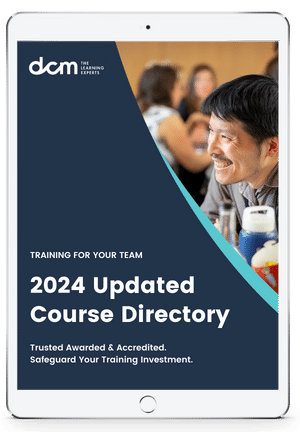What is Stakeholder Management?
Stakeholder management is the process of maintaining good relationships with the people who have the most impact on your work. Communicating with each one in the right way can play a vital part in keeping them "on board."
Many projects and initiatives fail due to poor or ill-considered stakeholder engagement.
10 key principles of stakeholder engagement
Stakeholder engagement and stakeholder management are arguably the most important ingredients for successful project delivery and yet are often regarded as a fringe activity or one that can be outsourced to business-as-usual functions. Project managers depend on people to respond to the outputs and benefits that they deliver. People will only respond if they are engaged. The phrase “stakeholder management" implies that these people can be made to respond positively to a project, but the truth is that a project manager frequently has no formal power of authority and therefore has to rely on engagement to achieve his/her objectives.
1. Communicate
Before aiming to engage and influence stakeholders, it’s crucial to seek to understand the people you will be working with and relying on throughout the phases of the project lifecycle. Sharing information with stakeholders is important, but it is equally important to first gather information about your stakeholders
2. Consult, early and often
A project, particularly in the early stages, may be unclear to its stakeholders for example, in terms of purpose, scope, risks and approach. Early, then regular consultation is essential to ensure that requirements are agreed and a delivery solution is negotiated that is acceptable to the majority of stakeholders.
3. Remember, they’re only human
Accept that humans do not always behave in a rational, reasonable, consistent or predictable way and operate with an awareness of human feelings and potential personal agendas. By understanding the root cause of stakeholder behaviour, you can assess if there is a better way to work together to maintain a productive relationship
4. Plan it!
A more conscientious and measured approach to stakeholder engagement is essential and therefore encouraged. Investment in careful planning before engaging stakeholders can bring significant benefits.
5. Relationships are key
Developing relationships result in increased trust. And where there is trust, people work together more easily and effectively. Investing effort in identifying and building stakeholder relationships can increase confidence across the project environment, minimise uncertainty, and speed problem solving and decision-making.
6. Simple, but not easy
Over and above conventional planning, using foresight to anticipate hazards, and taking simple and timely actions with stakeholders can significantly improve project delivery. Although this principle is self-evident, in practice is still only rarely done very well.
7. Just part of managing risk
Stakeholders are important influential resources and should be treated as potential sources of risk and opportunity within the project.
8. Compromise
The initial step is to establish the most acceptable baseline across a set of stakeholders' diverging expectations and priorities. Assess the relative importance of all stakeholders to establish a weighted hierarchy against the project requirements and agreed by the project Sponsor.
9. Understand what success is
Project success means different things to different people and you need to establish what your stakeholder community perceives success to be for them in the context of project delivery.
10. Take responsibility
Stakeholder engagement is not the job of one member of the project team. It’s the responsibility of everyone to understand their role and to follow the right approach to communication and engagement. Good project governance requires providing clarity about stakeholder engagement roles and responsibilities and what is expected of people involved in the project
Development of Stakeholder Strategy is a 4 part process.
1. Identification of Stakeholders
3. Ranking of Stakeholders using PI Grid
4. Development of Stakeholder register and Communications strategy.
Key takeaways
1. Stakeholder Analysis is context-sensitive. Any change in project or improvement circumstances will drive a change in stakeholder sensitivity.
2. You cannot “borrow” stakeholder registers and share those across different projects.
3. Use methods such as “Mind Mapping” to establish all potential stakeholders. Resist any temptation to evaluate their importance. Continue listing all potential stakeholders until you cannot think of anyone else. If you cannot think of anyone else you will probably have identified every one of importance.
4. Draw a “Post-It” for each and every single stakeholder. Even if that means 50 to 150 stakeholders. And “Rank” each according to 2 characteristics. (A) their “Power” on a scale of 1-10 and ( B) their “interest” on a scale of 1-10.
5. Then Generate a Power ( or Influence ) versus Interest Grid.
And position all stakeholders in position according to their Power and Interest Scores.

6. Generate your Stakeholder register based on the “quadrant” that each person is assigned to. This will dictate your stakeholder strategy.
_165x115_fc3.jpg) Stakeholder Management | Stage 3: Power-Interest Grid
Lean • Lean Six Sigma • Lean Six Sigma Training
Stakeholder Management | Stage 3: Power-Interest Grid
Lean • Lean Six Sigma • Lean Six Sigma Training


_165x115_fc3.jpg)
_165x115_fc3.jpg)



